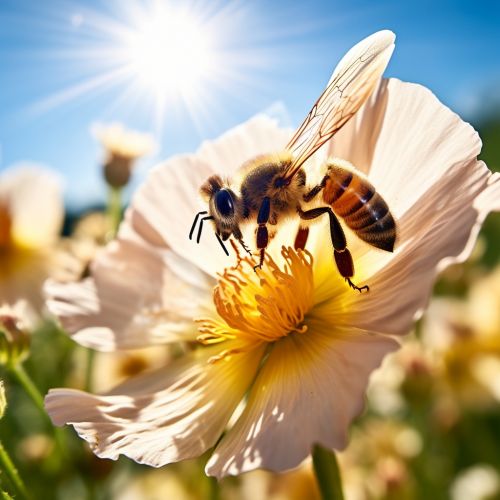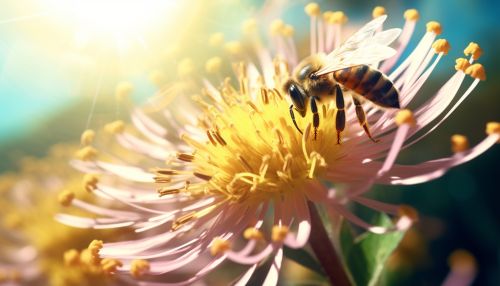The Biological Mechanisms of Plant Volatile Organic Compound Communication
Introduction
Plant volatile organic compounds (VOCs) are a diverse group of carbon-based chemicals that are released by plants into the atmosphere. These compounds play a crucial role in the communication between plants and other organisms, including other plants, insects, and microbes. The study of these compounds and their roles in plant communication is a rapidly growing field within plant biology and ecology.


Chemical Nature of Plant VOCs
Plant VOCs are primarily composed of isoprene, monoterpenes, sesquiterpenes, and other less common compounds. These compounds are characterized by their high vapor pressure, which allows them to easily evaporate into the atmosphere. The chemical structure of these compounds often includes functional groups that can participate in various chemical reactions, contributing to their diverse roles in plant communication.
Biosynthesis of Plant VOCs
The biosynthesis of plant VOCs occurs in various parts of the plant, including the leaves, flowers, roots, and even the bark. The biosynthesis process involves multiple enzymatic reactions, primarily catalyzed by terpene synthases and other related enzymes. The biosynthesis of VOCs is often regulated by environmental factors, such as light, temperature, and stress conditions.


Roles in Plant Communication
Plant VOCs play diverse roles in plant communication, serving as signals for various biological processes. These include:
- Plant defense: VOCs can act as repellents or toxins to deter herbivores, or as attractants for the predators of these herbivores. Some VOCs can also induce defense responses in neighboring plants.
- Pollinator attraction: Many VOCs, especially those released by flowers, can attract pollinators such as bees, butterflies, and moths.
- Rhizosphere communication: VOCs released by plant roots can attract beneficial soil microbes, or deter harmful ones.


Mechanisms of VOC Perception
The perception of VOCs by other organisms involves specific receptors that can recognize these compounds. In insects, these receptors are often located in the antennae, while in plants, they may be located in various cells. The binding of VOCs to these receptors triggers a cascade of cellular responses, leading to the appropriate behavioral or physiological response.
Ecological and Agricultural Implications
The study of plant VOC communication has significant implications for ecology and agriculture. Understanding these mechanisms can help in the development of sustainable pest management strategies, enhancement of pollination, and improvement of crop productivity. Moreover, plant VOCs also contribute to atmospheric chemistry and can influence climate change.


Future Directions
Future research in this field is likely to focus on elucidating the molecular mechanisms of VOC biosynthesis and perception, as well as their roles in plant communication. Advances in analytical techniques and genetic manipulation tools will greatly facilitate this research. Moreover, the potential applications of plant VOCs in agriculture and other industries also warrant further exploration.
